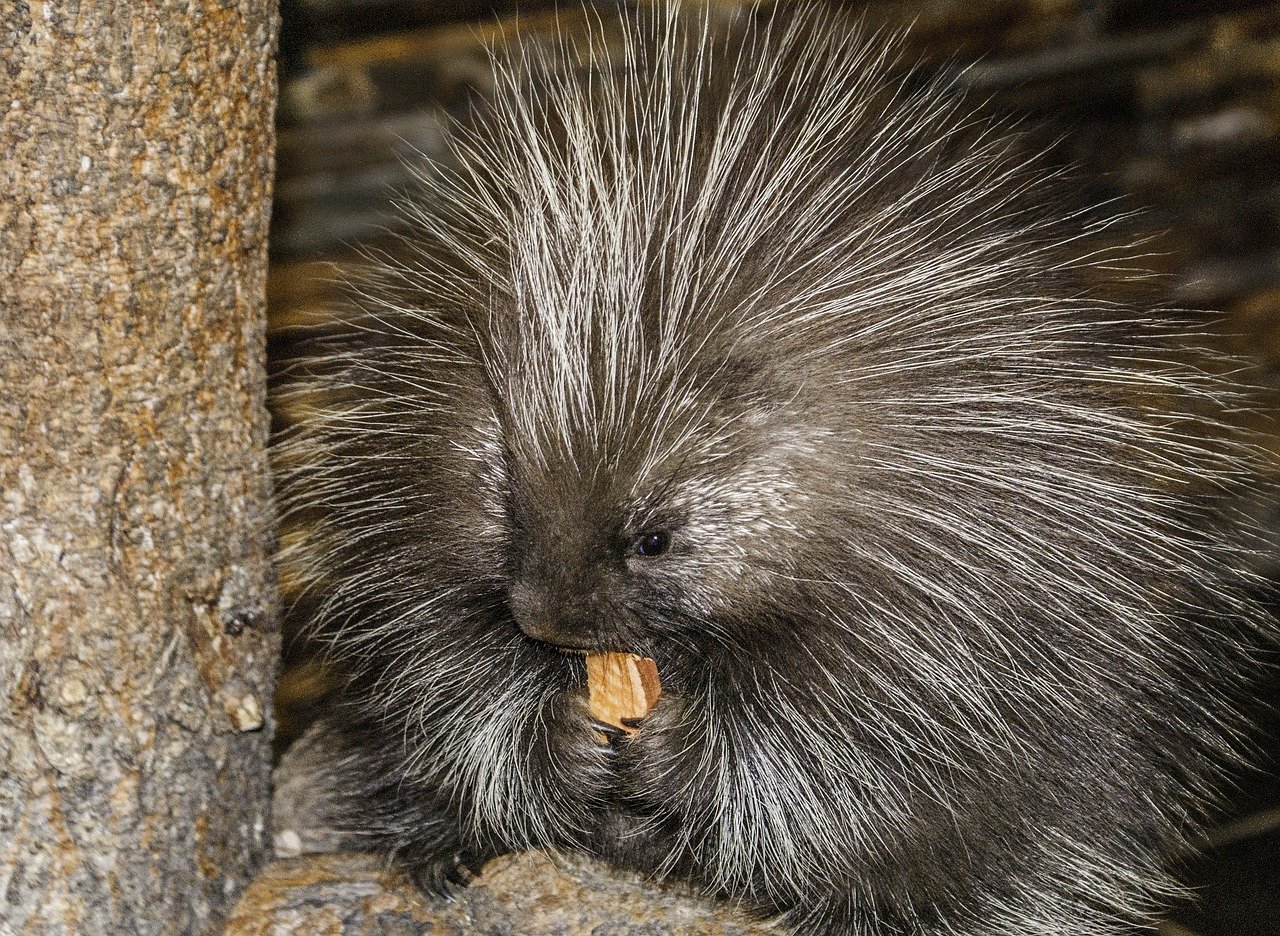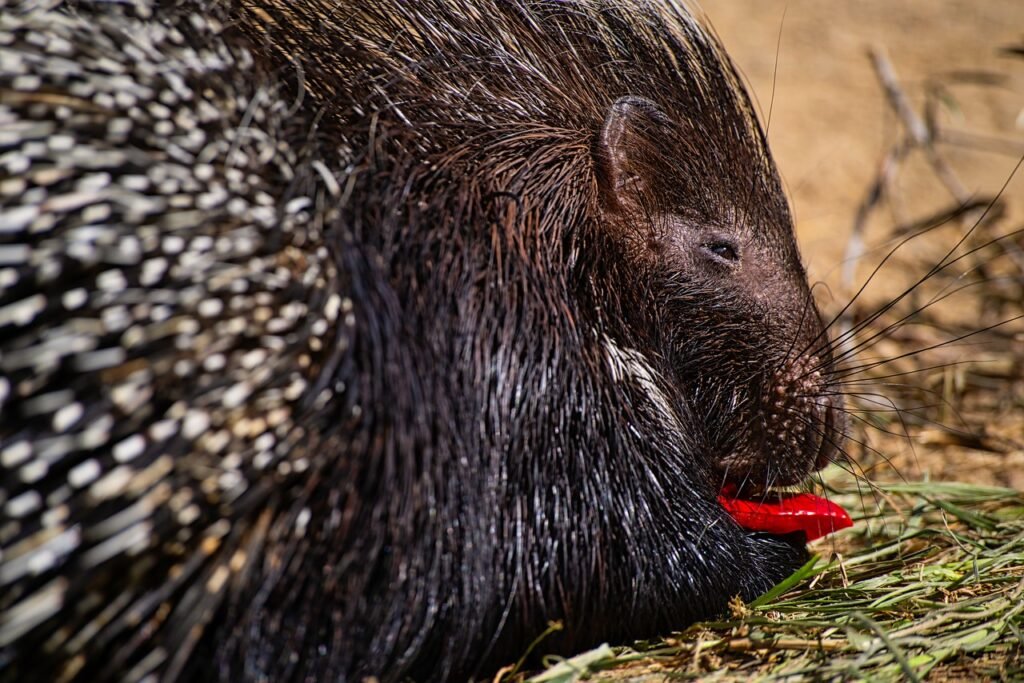Your porcupine will benefit from positive reinforcement training because it is a powerful and humane approach to teach behaviors and build a strong bond. This beginner’s guide is designed to explain the principles and techniques of positive reinforcement training, providing a foundation for a positive and cooperative relationship with your quilled companion.
Understanding Positive Reinforcement:
Positive reinforcement involves rewarding desired behaviors to increase the likelihood of those behaviors recurring. In the context of porcupine training, this means providing rewards. Give rewards such as treats or praise, when your porcupine exhibits a behavior you want to encourage.
**Key Concept
- Reward-Based System:
- Positive reinforcement relies on a reward-based system. Identify rewards that motivate your porcupine, such as favorite treats or gentle praise.
- Timing is Crucial:
- Timing is essential in positive reinforcement. Give your porcupine the reward immediately after the desired behavior. This will strengthen the association between the behavior and the reward.
- Consistency Matters:
- Consistency is key for effective training. Be consistent in your cues, rewards, and responses to create a clear understanding for your porcupine.
Getting Started with Positive Reinforcement Training:
1. Choose Appropriate Rewards:
- Identify treats or rewards that your porcupine finds enticing. This could include small pieces of fruits, vegetables, or other safe and palatable treats.
2. Establish a Cue for the Behavior:
- Choose a simple cue, such as a hand signal or verbal command, for the behavior you want to reinforce. For example, use a specific command when you want your porcupine to come to you.
3. Timing the Reward:
- As soon as your porcupine exhibits the desired behavior (e.g., coming when called), immediately deliver the reward. The closer the reward follows the behavior, the more effective the reinforcement.
4. Consistent Repetition:
- Practice the training consistently. Repeat the process, reinforcing the behavior with rewards each time your porcupine responds correctly to the cue.
Positive Reinforcement Tips for Porcupines:
1. Start with Simple Behaviors:
- Begin with basic behaviors to set a positive foundation. Simple commands like “come” or “stay” are good starting points.
2. Short and Positive Sessions:
- Keep training sessions short and positive. Porcupines have shorter attention spans, so focus on brief, engaging sessions to maintain their interest.
3. Use Gentle Touch:
- Incorporate gentle touch along with treats. Porcupines can respond positively to physical contact, such as a gentle pat or stroke, reinforcing the bond between you.
4. Patience is Key:
- Be patient and understanding. Positive reinforcement training is about building trust and cooperation, so progress may take time.
5. Adapt to Individual Preferences:
- Pay attention to your porcupine’s preferences. Some may be more motivated by treats, while others respond better to verbal praise or tactile reinforcement.
6. End on a Positive Note:
- Always end training sessions positively. Offer a final reward and engage in a positive interaction to leave your porcupine with a favorable impression.
Building a Trusting Relationship:
Positive reinforcement training not only teaches behaviors but also strengthens the bond between you and your porcupine. By focusing on rewards, positive cues, and consistent repetition, you’ll create a harmonious training environment that fosters trust and cooperation. Remember to celebrate small successes and enjoy the journey of building a positive and enriching connection with your quilled companion.



